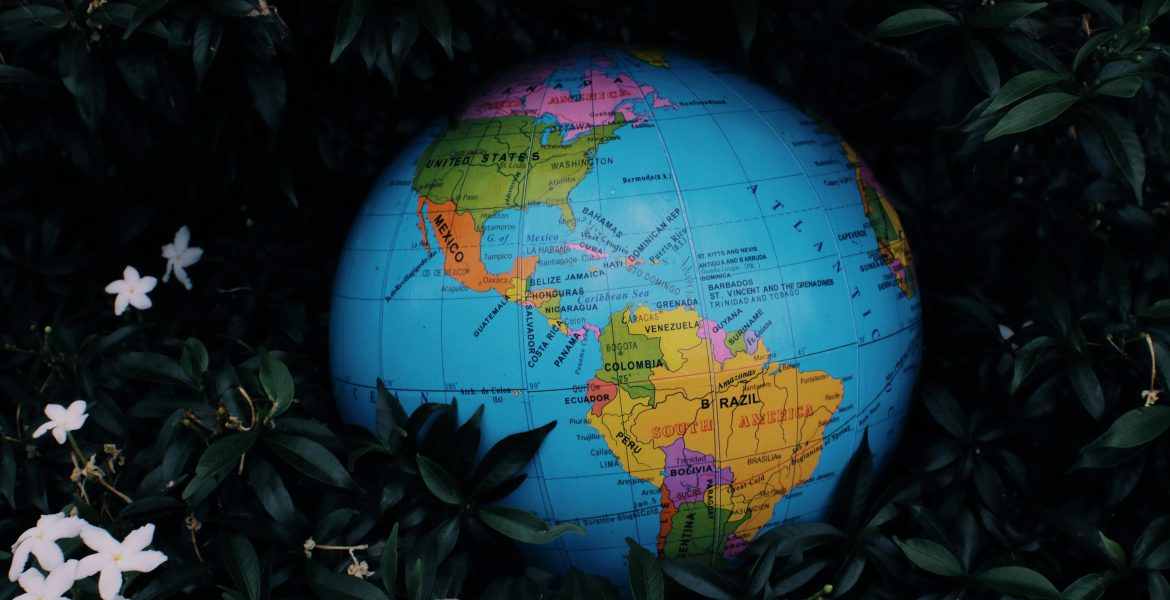The month of April marks the countdown to Earth Day, a day designated to mark the anniversary of the modern environmental movement in 1970, educate people about environmental issues and celebrate Green Peace. Globally, across industries, brands and labels come together to show appreciation for the planet and weigh in on conversations around climate change.
In the last decade, calls for sustainability have increased with younger generations being more concerned about the impact of fashion on the environment. As an industry ranked as one of the biggest polluters of the world, contributing to about 2.1 billion tons of waste, the fashion industry has the social responsibility to use Earth Day and the days leading up to it, as an opportunity to share and promote their sustainability efforts.
The growing demand for minimalist and sustainable products is not only creating new business opportunities but revealing the opacity of brands and their proclivity for terminologies around eco friendliness. These terminologies are referred to as “green” and they speak to brands who practice the rules of eco friendliness.
Step into the world of green
In simple terms, green terminology refers to words used to describe ideals and activities that are environmentally safe and beneficial to the ecosystem. Words that can be found in a green dictionary are: sustainability, eco friendly, ethical, organic, zero waste, biodegradable etc. As a brand or label, the general expectation is to steer clear of these terms if your products or services don’t align in practice.
However, if you’re a new brand looking to understand these terms before launch, you’re an existing brand looking to rebrand or you’re just curious about green terms, their meanings and distinctions, you’re in the right place.
Greenwashing refers to the process and practice of presenting a false narrative to the public that a company’s products or services are environmentally sustainable. In this process, brands spend time and effort, pumping into marketing and PR strategies that use green terminologies and visuals to persuade consumers into purchase rather than focusing on making the offerings of the brand truly environmentally good. For instance, if a brand claims a pair of pants are eco friendly when in fact they are made of only 5% linen and 95% mix of acrylic, rayon or nylon, they are green washing.
On the other side of the coin is green hushing, a more recent term used to refer to the practice where companies deliberately hide or underreport their involvement in and commitment to sustainability. Here, there is intent and plausible evidence that a company in question could indeed be eco friendly, however, they don’t talk about it likely for fear of being labeled green washers.
To operate in and around the green world is to understand green terminology and the conscious consumption calls to buy less, use less and produce less. But brands often don’t understand the concept fully and fall into the trap of treating green ideas incorrectly without any proof of green business practices.
Five popular green terms to know
Sustainability
This is an umbrella term concerned with practices that protect the planet of the present without compromising the ability of the future. In fashion and beauty, this means the production and distribution of products in ways that are environmentally friendly. A sustainable brand is one that is careful in material use, working conditions, certifications, packaging and social responsibility.
Ethical fashion
This is a concept which has taken on meaning that is more human focused. It refers to fashion and beauty design, manufacturing and distribution that is concerned with eliminating or reducing harm to people in the supply chain. It advocates for good wages, good working conditions and transparency.
Conscious fashion
This is a lifestyle practice that refers to brands and consumers who are aware of the impact unsustainable fashion practices have on the environment and take active steps to reduce it. People who practice conscious consumption often search for material and production information before purchasing. Most times, they only purchase sustainable brands.
Slow fashion
This is a term that refers to products designed with longevity in mind. It has evolved into a movement that advocates for cutting back on being trend driven and adopting practices to extend the shelf life of clothes already in possession.
Upcycled fashion
This refers to the practice of repurposing old or waste materials of any kind and turning them into something new thereby creating a new life cycle for it.
When it comes to green terminology, there is no easy definition. While some items in themselves may not be sustainable, sustainable practices can be done with them i.e. upcycling.
To make meaningful progress towards being a brand that is true, one needs to look beyond the fog on the glass and not only communicate what their brand is really about but practice it.

